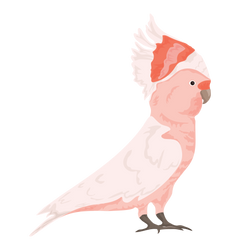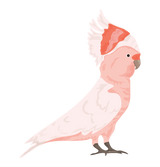ISSUE 28 : TULU TEXTURE
Tulu rugs have a long and fascinating history that dates back to the
nomadic tribes of the Konya region of Turkey in the 19th century.
These tribes would use the wool from their sheep and goats to create warm, durable rugs that could be used for both practical and decorative purposes. Over time, the art of rug-making became more refined, with skilled artisans developing intricate patterns and designs that reflected their cultural heritage.
The word “Tulu” actually means “long-haired” in Turkish, which is a fitting description for these textiles. They are made from long, shaggy angora goat wool that is hand-spun and hand-knotted by skilled artisans. The designs on Tulu rugs are often abstract and geometric, with bold colors and patterns that reflect the nomadic lifestyle of their creators.
Tulu rugs are still made using traditional techniques, with each rug taking weeks or even months to complete. They are prized for their unique texture and bold, eye-catching designs, and are a popular choice for adding warmth and character to any space.
In recent years, Tulu textiles have gained popularity in the interior design world, with many designers incorporating them into modern and eclectic spaces. Theyare highly sought after for their unique design and beauty, and are considered a valuable addition to any home decor. Despite their newfound popularity, Tulu textiles remain a symbol of tradition and craftsmanship, and are a testament to the enduring beauty of handmade textiles. Whether you’re looking for a statement piece for your living room or a cozy accent for your bedroom, a Tulu pillow cover made from vintage a rug is sure to add a touch of timeless elegance to your home.



